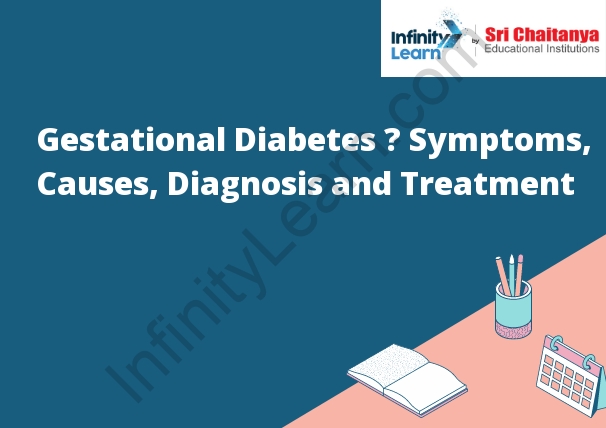Table of Contents
Gestational Diabetes Symptoms
Gestational diabetes is a type of diabetes that develops during pregnancy. Gestational diabetes usually goes away after the baby is born, but sometimes it lasts until after delivery. Gestational diabetes can cause problems for the mother and baby.
The most common symptoms of gestational diabetes are:
• Feeling very thirsty
• Urinating a lot
• Feeling very tired
• Having blurred vision
• Having a fruity smell to your breath
• Losing weight even though you are eating more than usual
• Having a hard time getting pregnant in the future
• Having a baby that is very large

Gestational Diabetes Causes
Gestational diabetes is a type of diabetes that develops during pregnancy. It is estimated to affect 3% to 5% of pregnant women. Gestational diabetes usually develops in the second or third trimester of pregnancy.
Gestational diabetes is caused by the body’s inability to use insulin properly. Insulin is a hormone that helps the body use glucose (sugar) for energy. When the body does not use insulin properly, glucose levels in the blood increase. This can cause problems for both the mother and the baby.
Gestational diabetes can cause the mother to have high blood pressure, preeclampsia, and macrosomia (a condition in which the baby is larger than normal). Gestational diabetes can also cause the baby to be born prematurely or have low birth weight.
Gestational Diabetes Diagnosis
Gestational diabetes is a type of diabetes that is first diagnosed in a pregnant woman. Gestational diabetes usually develops in the second or third trimester of pregnancy. Gestational diabetes can cause problems for both the mother and the baby.
A pregnant woman will usually be screened for gestational diabetes early in her pregnancy. The screening test is a simple blood test that measures the level of sugar in the woman’s blood. If the test shows that the woman has high blood sugar levels, she will likely be referred to a doctor who specializes in pregnant women with diabetes, called an obstetrician-gynecologist or an OB-GYN.
The doctor will do a test called a glucose tolerance test to diagnose gestational diabetes. For this test, the woman will drink a beverage that contains a high amount of sugar. Then, her blood sugar levels will be measured over the next few hours. If the woman’s blood sugar levels are high after drinking the beverage, she will likely be diagnosed with gestational diabetes.
There is no cure for gestational diabetes, but it can be managed with diet and exercise. The woman’s doctor will work with her to create a treatment plan that is best for her and her baby.
Gestational Diabetes Treatment
If you are diagnosed with gestational diabetes, you will need to follow a special diet and exercise plan, and you may need to take medication. Treatment for gestational diabetes usually starts when blood sugar levels are high, but it is never too late to start treatment.
Your treatment plan will likely include the following:
A healthy diet: You will need to eat a healthy diet that is low in sugar and calories. You may need to eat more than six small meals a day, and you should avoid foods that are high in sugar.
Exercise: You will need to get regular exercise. This can help control your blood sugar levels.
Medication: You may need to take medication to help control your blood sugar levels.
Regular blood sugar checks: You will need to have your blood sugar levels checked regularly. This will help make sure that your treatment is working.
Risk Factors For Gestational Diabetes
Mellitus
There are several risk factors for gestational diabetes mellitus (GDM), including:
– Being overweight or obese
– Having a family history of diabetes
– Having gestational diabetes during a previous pregnancy
– Being over the age of 30
– Being African American, Hispanic/Latina, Native American, or Asian American
– Having high blood pressure
– Having high cholesterol
– Having a history of polycystic ovary syndrome (PCOS)
– Having a history of pre-eclampsia
– Having a history of stillbirth
– Having a history of macrosomia (a baby who is larger than average)







